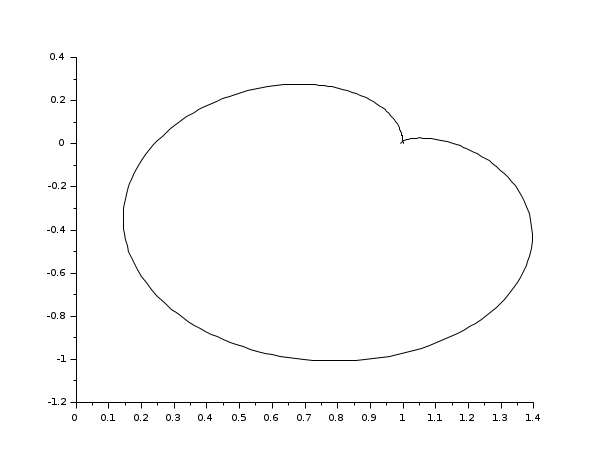calfrq
frequency response discretization
Syntax
[frq,bnds,split]=calfrq(h,fmin,fmax)
Arguments
- h
Linear system in state space or transfer representation (
see syslin)- fmin,fmax
real scalars (min and max frequencies in Hz)
- frq
row vector (discretization of the frequency interval)
- bnds
vector
[Rmin Rmax Imin Imax]whereRminandRmaxare the lower and upper bounds of the frequency response real part,IminandImaxare the lower and upper bounds of the frequency response imaginary part,- split
vector of frq splitting points indexes
Description
frequency response discretization; frq is the
discretization of [fmin,fmax] such that the peaks in
the frequency response are well represented.
Singularities are located between frq(split(k)-1)
and frq(split(k)) for k>1.

Comments
Add a comment:
Please login to comment this page.